Editor’s Note: The article below contains spoilers for “Midsommar.”
American filmmaker Ari Aster isn’t expecting a thank you note from the Swedish tourism board any time soon. He’s thrown the nation’s favorite summer holiday off a cliff, delivered a hammer blow and burned it to a crisp – and that’s all before his latest movie really hits its stride.
Aster, who lit up the indie film circuit last year with debut feature “Hereditary,” returns with “Midsommar,” which sees the writer-director jump from US suburbia to rural Scandinavia for a rummage around the toy box of European folk horror. What he pulls out needs to be seen to be believed, pushing the subgenre into twisted new territory.
Standing on the shoulders of “Modern Romance” as much as “The Wicker Man,” Aster’s film answers the question “What would a break-up movie look like if it were set in a Swedish cult with a taste for theatrical bloodlust?” The results are both brutish and beautiful; a drug-fueled nightmare played out under the soft light of the midnight sun.
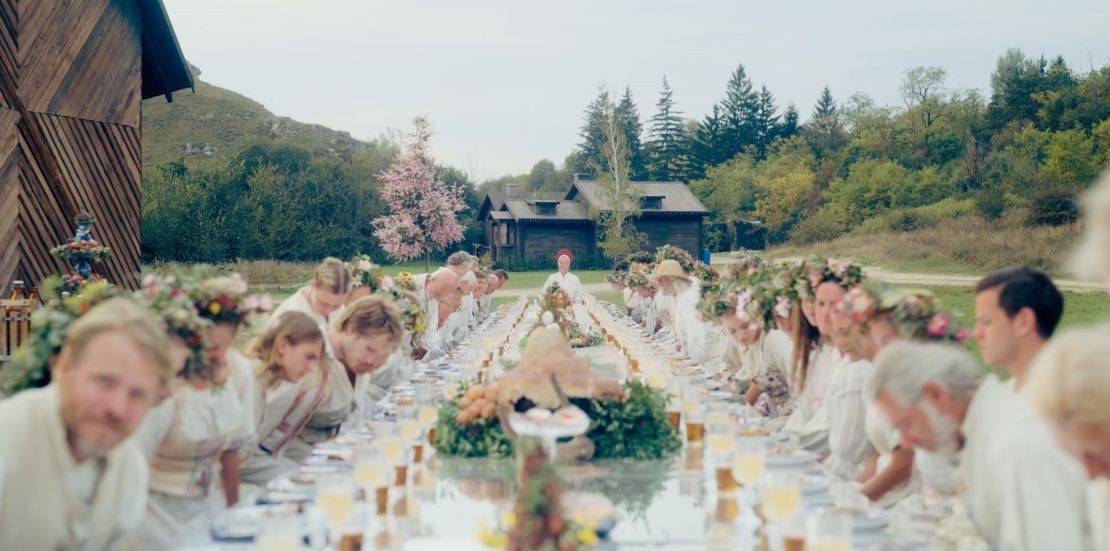
The film plays out among a phantasmagorical take on the Swedish midsummer festival. A young American couple struck by family tragedy attempts to heal their frayed relationship with a European adventure, visiting a friend’s commune in Halsingland for a once-in-a-lifetime celebration of the summer solstice. Dani and Christian (played by Florence Pugh and Jack Reynor) are joined by Christian’s fellow anthropology postgrads, curious for a glimpse of cultural oddities and beguiled by the promise of beautiful women.
Inevitably the friendly community they meet turns out to be anything but – and disturbingly, there’s a kernel of truth behind some of their grisliest machinations.
“I was drawing from many, many different things pretty liberally,” said Aster. “I dove into Swedish midsummer traditions and Swedish folklore and Norse mythology … touching on even German and English midsummer traditions.”
Blood sacrifice
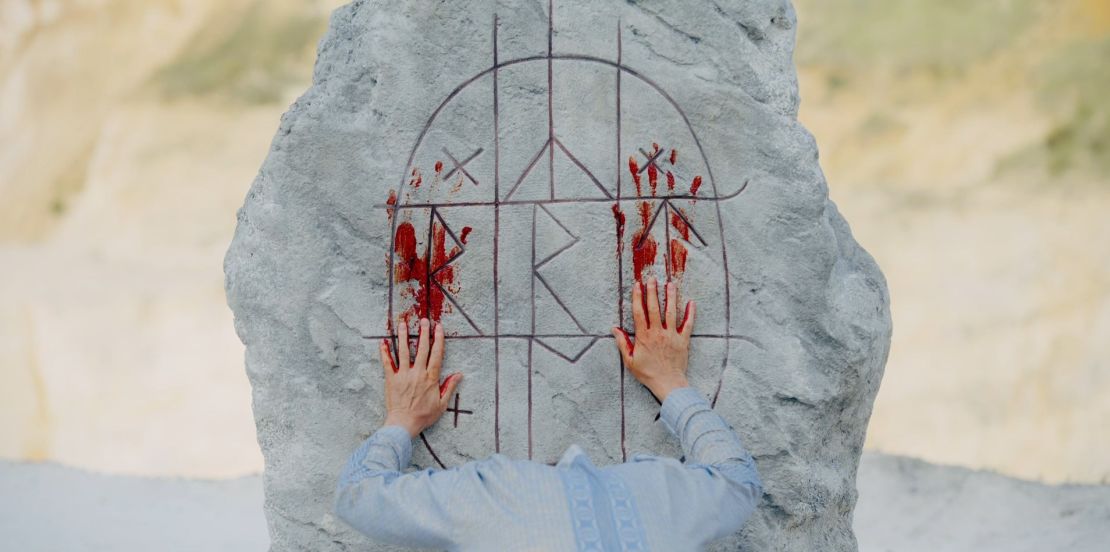
Aster studied spiritual movements, learned the runic alphabet – “the uthark as opposed to the futhark,” he stressed – and visited the decorated farmhouses of Halsingland, UNESCO-recognized cottages known for their interior murals. Together the writer-director and his production designer Henrik Svensson compiled a 100-page research bible to build their fictional commune “Harga” – named after a village in Swedish folklore where it’s said on midsummer’s eve children danced with the devil until only their skeletons remained.
Benign hallmarks of Swedish midsummer feature in the film: dances around the maypole, floral headdresses and young women picking flowers in the hope of finding love. (Sadly, the frog dance didn’t make the cut.) But there’s other more questionable practices afoot.

Aster delved into the darkest recesses of ancient paganism, coming back with blood sacrifice and “draugr,” a zombie-type figure from Nordic mythology. He even dredging up a form of Viking execution known as the “blood eagle,” a fate so grim a description will not darken these pages.
Was there anything too bleak to put on screen? “No, not really,” says the director (whose last lead character sawed off her own head). If anything, there was a surfeit of death to choose from.
“There were different drafts of the script that had characters meeting different ends,” he explained. “The ‘blood eagle’ was something we came to very late. (The victim) had I think four different potential deaths. That was something that I was wrestling with until the 11th hour.”
‘Perverse wish-fulfillment fantasy’
You can’t say Aster doesn’t warn audiences. The Harga set was constructed outside Budapest, Hungary and comprised nine buildings, some with murals in the same elaborate style as Halsingland’s real farmhouses. In a stroke of tongue-in-cheek fatalism, Aster commissioned artist Ragnar Persson to fill one barn with the entire film plot laid out in oblique fashion.
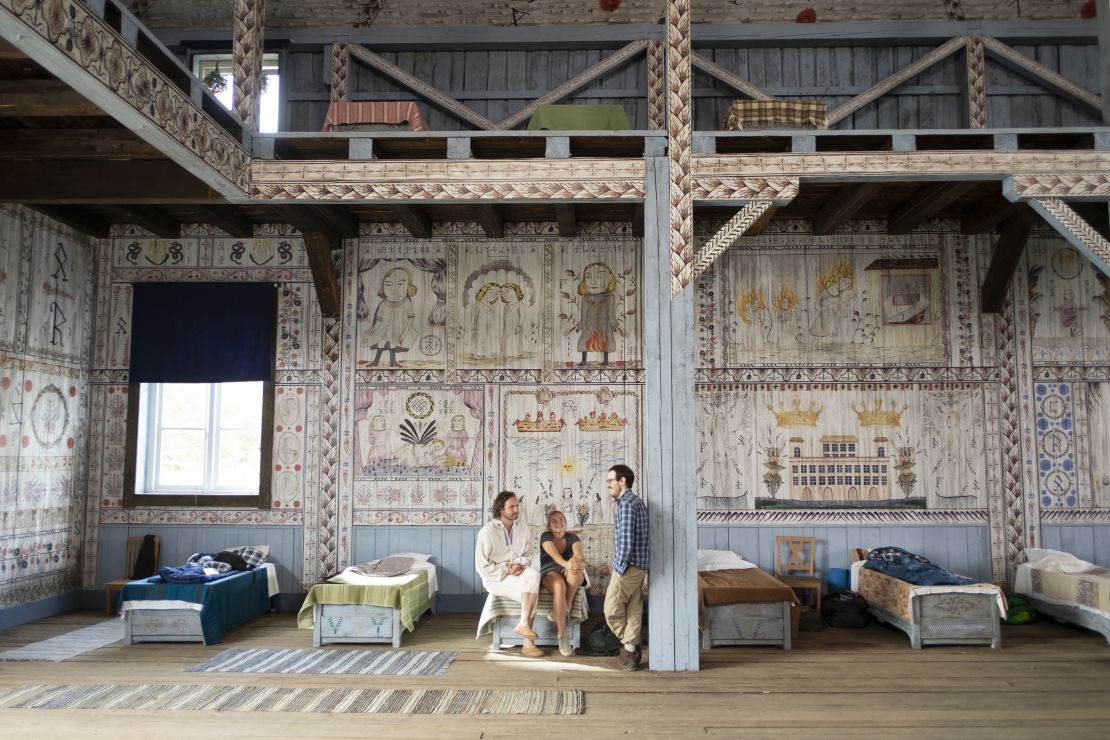
“I really like burying prophetic details in plain sight and layering the periphery with graphic details that encourage a more active engagement on the viewer’s part,” he explained.
“Everybody knows that this cult is going to be up to no good – that’s just part of the genre. If you don’t go there, in some ways it’s going to be dissatisfying,” he added. “The hope is that as you get to the final sequence, that the surprise is not in necessarily what happens but how it feels to arrive there.”
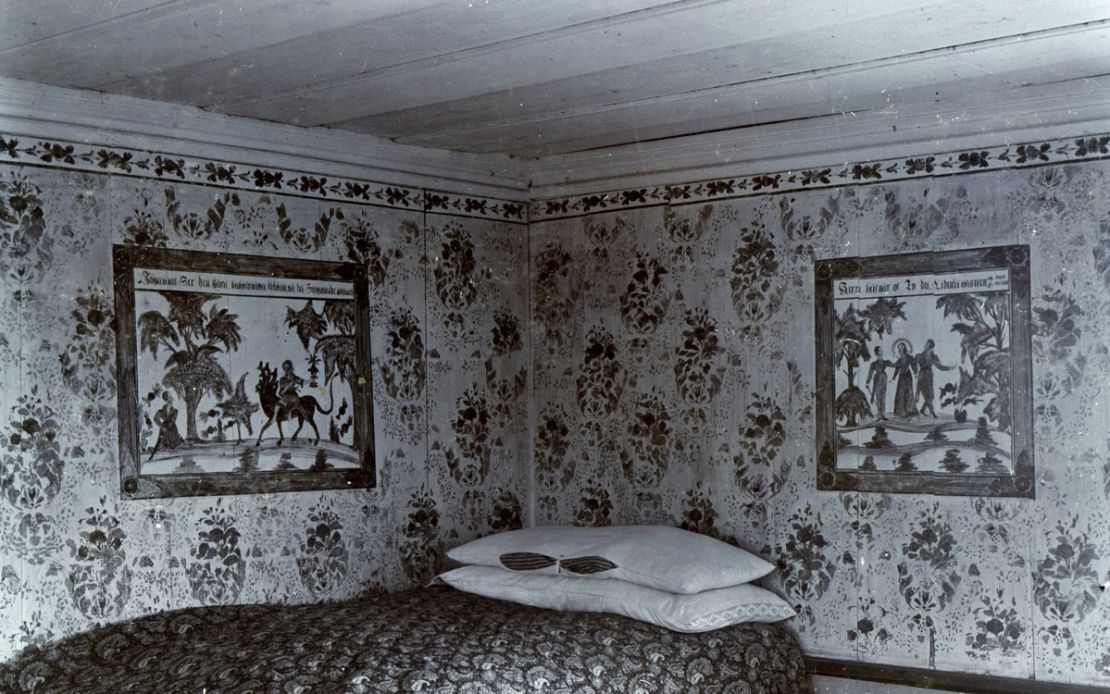
“Midsommar’s” blend of appropriated tradition and invention is provocative, but the director thinks the Swedes’ healthy sense of humor will prevail in the ensuing debate. The film, he argues, is a “fairytale more than anything” and a “perverse wish-fulfillment fantasy” about grief, catharsis and the desire for family. It’s also a movie, he notes, that was commissioned by a Swedish production company.
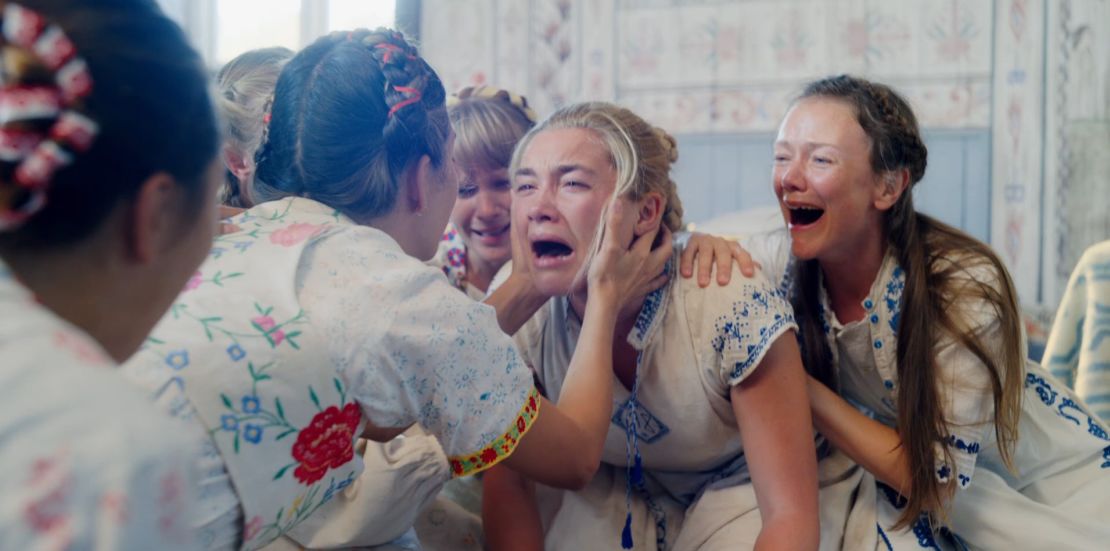
What could prove divisive is the film’s political subcurrents, which tease out a link between anti-immigrant sentiments in Sweden and the goings on in Harga. “Some (Swedes) will take umbrage,” Aster predicts.
The biggest Swedish horror movie since “Let the Right One In,” “Midsommar” could be the most terrifying advert for the country yet. Even so, Visit Sweden – the county’s official tourism website – was more than happy to have Aster’s psychodrama play out in their backyard.
Talking to CNN before the film’s release, senior PR manager Melinda Martino offered reassurance that the real midsummer “may be a wild night, however the only thing sacrificed is flowers.” She added the movie could “absolutely” become positive promotion for the country and thanked the director “for capturing our beautiful Swedish summers.”
Murderous cultists and sacrificial tourists – maybe there is no such thing as bad publicity?
“Midsommar” is released in the US on July 3 and in the UK on July 5.

















